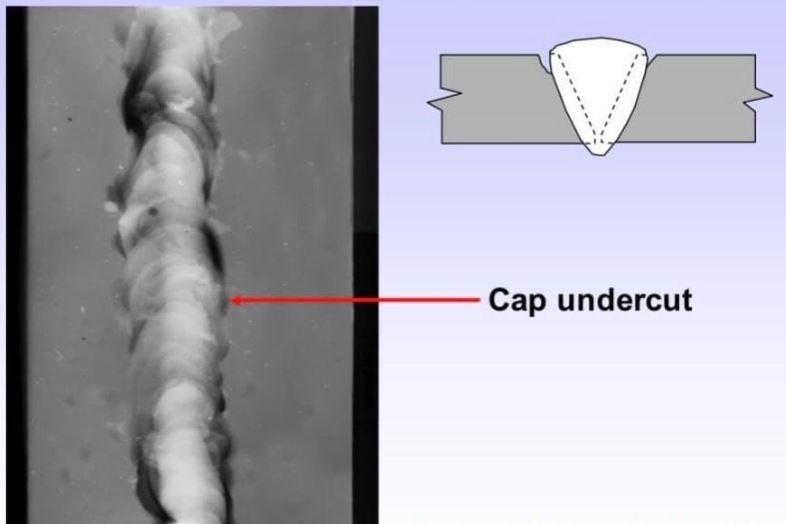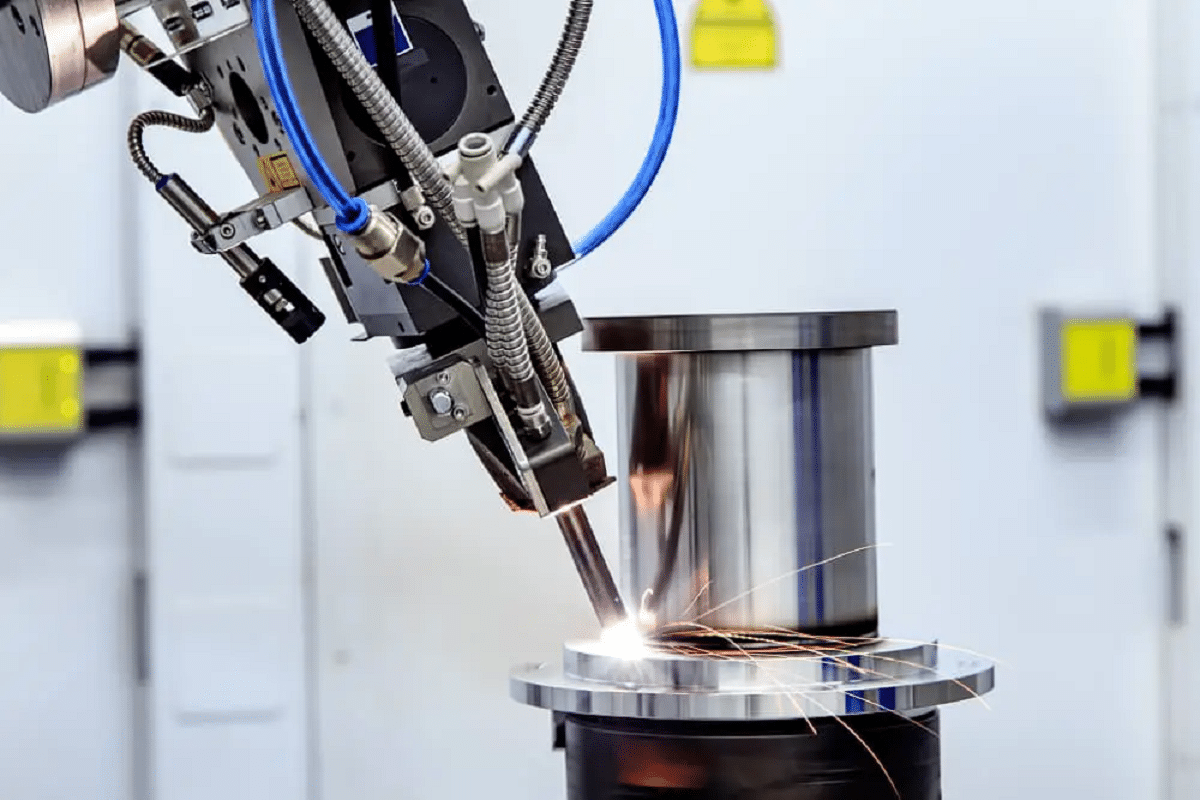Best Overview to Preventing Weld Undercut: Tips and Techniques
Best Overview to Preventing Weld Undercut: Tips and Techniques
Blog Article
Important Tips for Welders: Stopping Undercut Welding and Ensuring Stronger Weld Joints
In the world of welding, attaining sturdy and solid weld joints is the foundation of producing premium job. One common obstacle that welders commonly come across is undercut welding, which can jeopardize the integrity of the weld joint.

Understanding Undercut Welding
Undercut welding is an usual welding problem that takes place when the weld metal stops working to properly fill up the groove and causes a groove-like depression along the weld grain. This issue compromises the weld joint, making it at risk to cracking and failure under stress and anxiety. Undercutting can be brought on by numerous elements, consisting of too much welding current, high welding speed, incorrect electrode angle, wrong electrode size, and poor welding method.
Among the major reasons for undercut welding is a discrepancy in between the welding existing and the welding speed. If the welding current is too expensive or the welding rate is also quickly, the weld metal may not sufficiently load the groove, leading to undercutting. Furthermore, utilizing an electrode that is also huge can cause a comparable outcome, as the excess metal can not correctly stream into the groove.
To avoid undercut welding, welders should ensure they are using the appropriate welding specifications, preserve an appropriate electrode angle, select the proper electrode size, and method appropriate welding methods. By attending to these aspects, welders can decrease the threat of damaging and produce more powerful, a lot more trustworthy weld joints.
Correct Welding Method
Effective welding strategy plays a vital role in making certain the high quality and stability of weld joints. One fundamental facet of appropriate welding technique is keeping the appropriate angle and range between the welding gun and the work surface.
Additionally, a regular and stable hand movement is crucial for producing solid and resilient weld joints. Welders need to go for smooth, consistent movements to make certain even circulation of the weld material. Appropriate adjustment of the welding gun and filler product is also crucial to achieving ideal infiltration and fusion.
Moreover, regulating the warm input and picking the appropriate welding specifications based upon the material being welded are essential elements in attaining top quality welds - Preventing weld undercut. Welders need to follow the suggested settings offered by welding treatment specifications and change them as required based on the specific requirements of the job. By understanding correct welding techniques, welders can substantially boost the strength and dependability of their weld joints
Selecting the Right Electrode
When thinking about the relevance of choosing the best electrode in welding applications,Preserving the proper angle and range between the welding gun and the work surface is basic. The selection of electrode plays an essential function in establishing the quality and stamina of the weld joint. Electrodes are available in different types, each created for certain functions and materials.
First of all, selecting the suitable electrode diameter is important. Thinner electrodes are suitable for welding thin products, while thicker electrodes are much better for thicker products and greater warm applications. Matching the electrode size to the thickness of the workpiece helps accomplish a balanced weld.
Secondly, understanding the product composition of the electrode is essential. Different electrodes are made for welding particular materials like steel, stainless steel, aluminum, or cast iron. Using the correct electrode product makes certain great combination and reduces directory the risk of issues in the weld.
Last but not least, thinking about the welding setting and technique is crucial when picking the electrode type. Particular electrodes are better matched for overhanging or upright welding positions, while others function well for flat or straight settings. Picking the appropriate electrode based on the welding technique improves the overall weld top quality and integrity.
Preparing the Base Metal
To make sure an effective why not try here welding process, what preliminary steps should be taken when preparing the base steel for welding? Properly preparing the base steel is essential for attaining strong and sturdy weld joints. The primary step in preparing the base steel is to clean it extensively to get rid of any type of impurities such as rust, paint, dust, or oil. This can be done utilizing a wire chemical, brush, or mill solvents. Additionally, any type of existing weld product or residue from previous welding ought to be gotten rid of to guarantee a clean surface area for the brand-new weld.

Conducting Post-Weld Examinations

After carrying out these evaluations, welders should compare the outcomes versus market standards and project needs to make sure that the weld joint satisfies all required criteria. Any kind of variances or inadequacies this found during the post-weld inspection needs to be immediately dealt with through ideal restorative steps to guarantee the weld's honesty. By vigilantly performing post-weld examinations and immediately dealing with any concerns, welders can support the quality and integrity of their work, inevitably adding to the safety and long life of the welded frameworks.
Conclusion

To conclude, preventing undercut welding and guaranteeing stronger weld joints need a mix of correct welding strategy, picking the best electrode, preparing the base metal appropriately, and carrying out post-weld examinations. By comprehending the root causes of undercut welding and executing the required safety measures, welders can create high-grade weld joints that fulfill industry standards and guarantee the structural honesty of the welded parts.
Undercut welding is a common welding issue that takes place when the weld metal falls short to properly fill up the groove and results in a groove-like anxiety along the weld grain (Preventing weld undercut). Undercutting can be caused by different elements, consisting of too much welding current, high welding rate, improper electrode angle, incorrect electrode size, and inadequate welding technique
One of the major factors for undercut welding is an imbalance between the welding present and the welding speed. If the welding current is also high or the welding rate is also fast, the weld metal may not effectively load the groove, leading to damaging.Keeping the correct angle and distance between the welding gun and the workpiece is fundamental when considering the significance of selecting the best electrode in welding applications.
Report this page